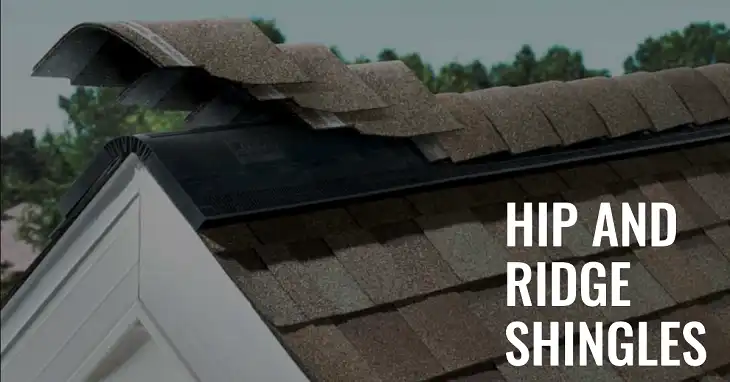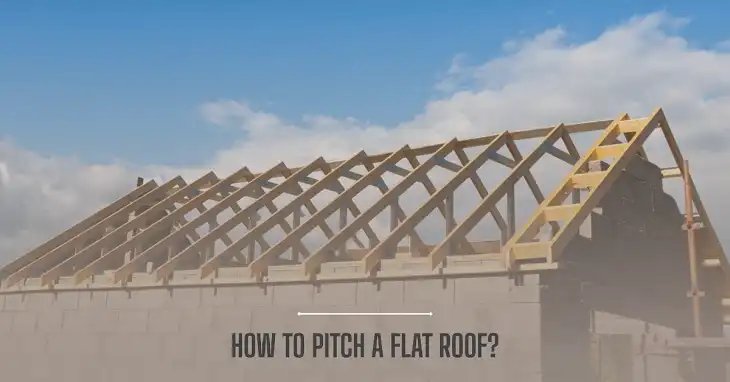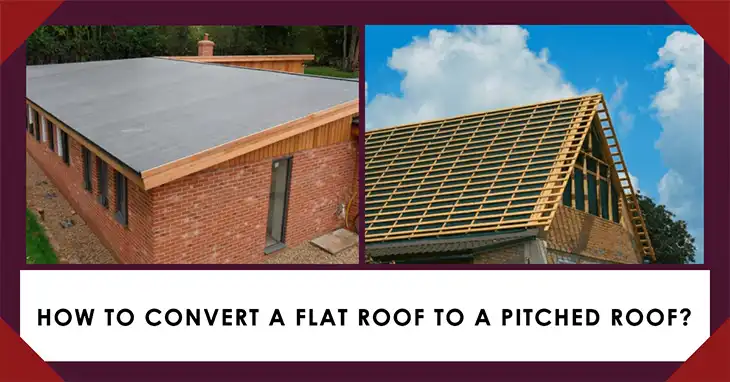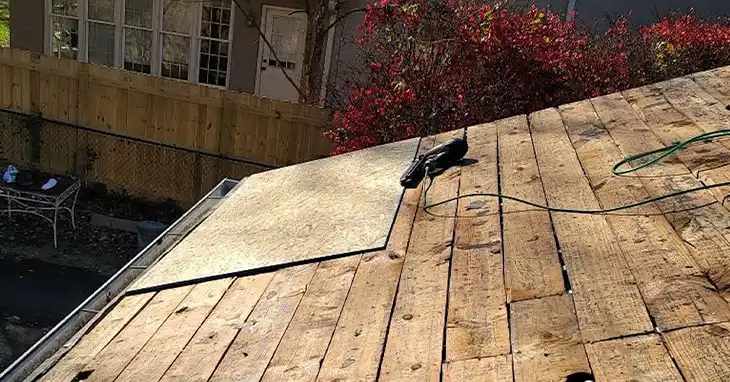What are Hip and Ridge Shingles?

When it comes to roofing, hip and ridge shingles are specialized components designed to provide protection and aesthetic appeal to your home. These shingles are specifically crafted for the hips and ridges of a roof, ensuring that these crucial areas are both waterproof and visually appealing. In this article, we will delve into the definition, purpose, types, installation process, maintenance, and benefits of hip and ridge shingles, providing you with all the information you need to make informed decisions about your roofing.
Definition of Hip and Ridge Shingles
Hip and ridge shingles are designed to cap the peaks of roofs, specifically where two roof planes meet, creating a hip or a ridge. Unlike standard shingles, which are flat and used on the bulk of the roof, hip and ridge shingles have a unique shape and construction that allows them to fit securely on angled surfaces. This design prevents water intrusion and adds a finished look to the roofline, enhancing its overall aesthetic.
Purpose of Hip and Ridge Shingles
Protective Role
One of the primary functions of hip and ridge shingles is protection. The hips and ridges of a roof are particularly vulnerable to water penetration. Hip and ridge shingles create a barrier against rain, snow, and debris, significantly reducing the risk of leaks and water damage in these critical areas. They also provide added support against wind uplift, which is crucial in areas prone to strong winds.
Aesthetic Contribution
In addition to their protective functions, hip and ridge shingles contribute to the overall look of the roof. They provide a neat and finished appearance, enhancing the curb appeal of the home. By selecting the right style and color, homeowners can complement their roofing and siding choices, adding value to their property.
Where Hip and Ridge Shingles Are Installed
Hip Roofs
A hip roof is characterized by slopes on all four sides, which converge at the top to form a ridge. This design requires specialized hip shingles to cover the angled corners effectively. These shingles are cut to fit the specific angles of the roof, ensuring proper coverage and protection.
Ridge of the Roof
The ridge is the highest point of the roof, where two roof planes meet. Ridge shingles are designed to cap this peak, preventing moisture from entering and allowing for proper ventilation. This is particularly important as it helps regulate temperature and moisture levels in the attic, thereby enhancing the overall energy efficiency of the home.
Types of Hip and Ridge Shingles
Material Options
Hip and ridge shingles come in various materials, each offering distinct benefits. Asphalt shingles are the most common choice due to their affordability and durability, lasting between 15 to 30 years. Other materials include:
- Wood Shingles: These offer a natural aesthetic but require more maintenance and typically have a shorter lifespan.
- Metal Shingles: Known for their durability and fire resistance, metal shingles can last up to 50 years or more.
- Composite Shingles: Made from recycled materials, these are designed to mimic the appearance of wood or slate without the maintenance issues.
Profiles and Styles
Hip and ridge shingles are available in different profiles, including high-profile and low-profile options. High-profile shingles offer a more decorative appearance, while low-profile shingles provide a sleek, streamlined look. Homeowners can choose decorative styles to enhance their home’s visual appeal further.
Features and Benefits of Hip and Ridge Shingles
Durability
Hip and ridge shingles are designed to withstand harsh weather conditions. They are typically thicker and more resilient than standard shingles, providing added durability and a longer lifespan.
Weather Resistance
These shingles are engineered to perform well in extreme weather, including high winds and heavy rain. Their unique design helps direct water away from vulnerable areas, reducing the likelihood of leaks.
Ease of Installation
Hip and ridge shingles are relatively easy to install, designed to fit seamlessly over the angles of the roof. This design allows for quicker installation, reducing labor costs.
Energy Efficiency
By capping the ridges and hips, these shingles help improve the energy efficiency of the home. They allow for proper ventilation, helping to regulate attic temperatures and reduce energy costs.
Hip and Ridge Shingles vs. Standard Shingles
Functionality
While standard shingles cover the bulk of the roof, hip and ridge shingles are essential for protecting specific roof areas. Their unique shape and design allow them to provide better coverage and protection against the elements.
Design Differences
Hip and ridge shingles are crafted to fit snugly against the angles of the roof, preventing gaps that could lead to leaks. Standard shingles lack this specialized design and cannot adequately protect hips and ridges.
Cost Implications
The cost of hip and ridge shingles can vary based on material and style, typically ranging from $2 to $4 per linear foot. While this may be more expensive than standard shingles, the added protection and aesthetic benefits justify the investment.
Installation Process for Hip and Ridge Shingles
The installation of hip and ridge shingles typically involves several steps:
- Preparation: Before installation, ensure that the roof is clean and free of debris. Inspect the underlying material for damage.
- Cutting: Measure and cut the shingles to fit the specific angles of the roof. Each hip or ridge may require different lengths depending on the slope.
- Layering: Start at the bottom of the hip or ridge, overlapping each shingle appropriately to ensure proper water drainage.
- Fastening: Secure the shingles using appropriate fasteners, ensuring they are tightly fastened to prevent lifting in windy conditions.
Homeowners often wonder whether to tackle this project themselves or hire professionals. While DIY installation is possible, hiring a roofing expert ensures proper installation, particularly for complex roofs.
Cost Analysis of Hip and Ridge Shingles
The price of hip and ridge shingles can vary significantly based on the material and style chosen. On average, homeowners can expect to pay:
| Material Type | Average Cost per Linear Foot |
| Asphalt | $2 – $4 |
| Wood | $3 – $6 |
| Metal | $4 – $8 |
| Composite | $3 – $7 |
Factors affecting these costs include roof size, shingle quality, and the complexity of installation. Investing in quality hip and ridge shingles often results in long-term savings by reducing maintenance costs and extending the lifespan of the roof.
Wrapping Up
Hip and ridge shingles play a vital role in both the protection and aesthetics of your roof. They offer unique benefits, including enhanced durability, weather resistance, and energy efficiency. While they may require a higher upfront investment than standard shingles, the long-term advantages make them a worthwhile addition to any roofing system.






